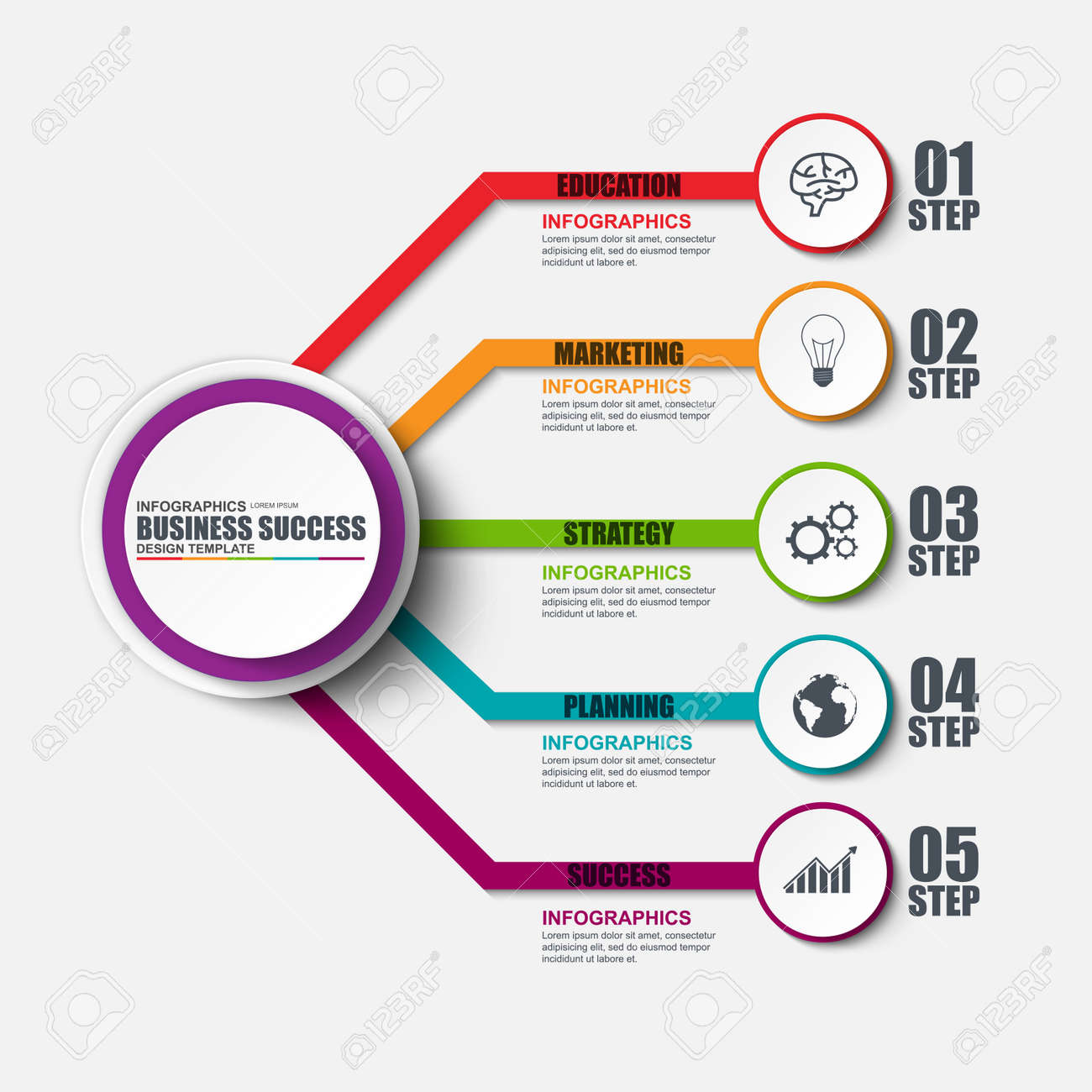The Advancement Of Web Site Layout: From Past To Existing
The Advancement Of Web Site Layout: From Past To Existing
Blog Article
Content Author-Pappas Trolle
In the past, sites were easy and concentrated on info. Navigating was straight, and style was for desktop computers. Now, customer experience is crucial. Information guides styles for very easy navigation. Responsive formats match various tools. Today, dark mode decreases strain, and minimal food selections boost navigating. Interactive features involve users, and strong visuals stand out. click here for info enhances interaction. See exactly how style has advanced to improve your online trip.
Early Days of Web Design
In the very early days of website design, simplicity reigned supreme. Web sites were basic, with restricted colors, fonts, and designs. The emphasis was on supplying information as opposed to showy visuals. Customers accessed the net through slow dial-up links, so rate and performance were vital.
Navigating food selections were straightforward, commonly located on top or side of the web page. Web sites were developed for home computer, as mobile browsing had not been yet prevalent. Web content was king, and developers focused on easy readability over complex design components.
HTML was the key coding language utilized, and designers needed to work within its constraints. Computer animations and interactive features were minimal contrasted to today's standards. Internet sites were fixed, with little dynamic web content or personalized customer experiences.
Rise of User-Focused Style
With the advancement of internet site style, a shift in the direction of user-focused design principles has actually ended up being significantly prominent. https://www.forbes.com/sites/theyec/2019/12/17/five-tips-for-selling-digital-marketing-to-local-businesses/ , producing internet sites that prioritize individual experience is crucial for involving visitors and attaining service goals. User-focused style entails understanding the needs, choices, and actions of your target audience to customize the internet site's format, web content, and includes appropriately.
Developers currently conduct complete study, such as user surveys and use screening, to gather understandings and responses directly from individuals. This data-driven technique helps in producing user-friendly navigation, clear calls-to-action, and visually attractive user interfaces that reverberate with site visitors. By positioning the customer at the center of the style procedure, internet sites can supply a much more customized and pleasurable experience.
Responsive style has actually additionally emerged as a crucial facet of user-focused design, making certain that internet sites are maximized for various tools and screen sizes. This adaptability boosts accessibility and usability, accommodating the diverse methods customers interact with internet sites today. Fundamentally, the rise of user-focused layout represents a shift towards producing digital experiences that focus on the needs and expectations of the end customer.
Modern Trends in Website Design
Explore the most recent fads forming website design today. One noticeable pattern is dark mode layout, using a smooth and modern appearance while minimizing eye stress in low-light settings. An additional vital trend is minimal navigation, streamlining food selections and boosting customer experience by concentrating on essential elements. Incorporating micro-interactions, such as computer animated buttons or scrolling effects, can create a more appealing and interactive web site. Receptive design continues to be essential, making sure smooth user experiences across various devices. In addition, making use of bold typography and unbalanced layouts can include aesthetic rate of interest and draw attention to certain material.
Incorporating AI innovation, like chatbots for client assistance or individualized referrals, improves user interaction and streamlines procedures. Ease of access has likewise become a substantial pattern, with developers focusing on inclusive style practices to satisfy varied individual needs. Welcoming sustainability by optimizing web site performance for rate and effectiveness is another arising fad in web design. Collaborating with user comments and data analytics to iterate and enhance design continuously is essential for staying pertinent in the ever-evolving digital landscape. By embracing these modern patterns, you can develop a visually attractive, user-friendly web site that reverberates with your audience.
Conclusion
As you reflect on the evolution of website layout from the early days to currently, you can see just how user-focused style has come to be the driving force behind modern-day patterns.
Embrace the journey of modification and adjustment in website design, always keeping the individual experience at the forefront.
Keep current with the most up to date fads and modern technologies, and never quit evolving your strategy to produce visually stunning and user-friendly internet sites.
Evolve, adapt, and produce - the future of website design remains in your hands.
